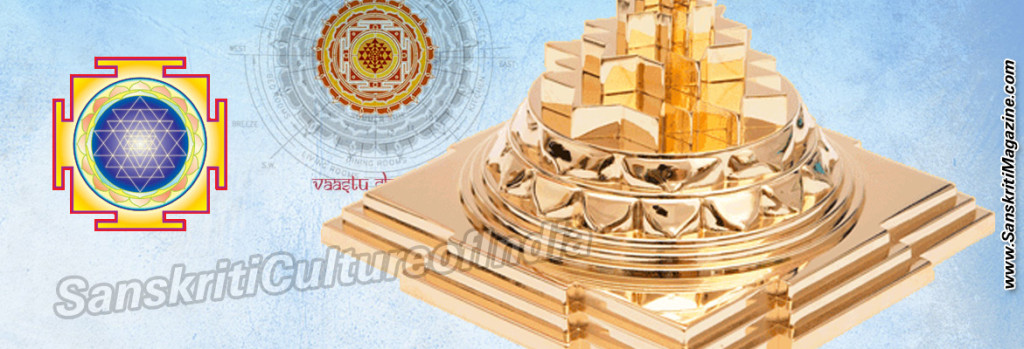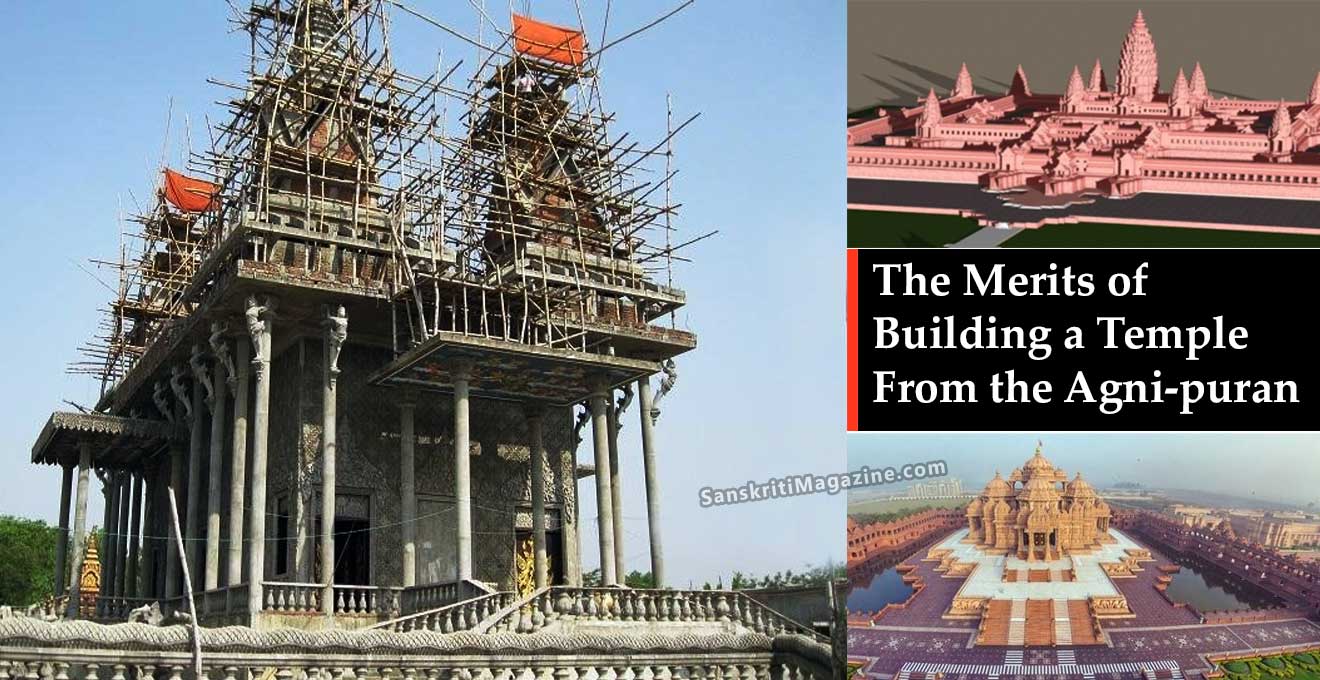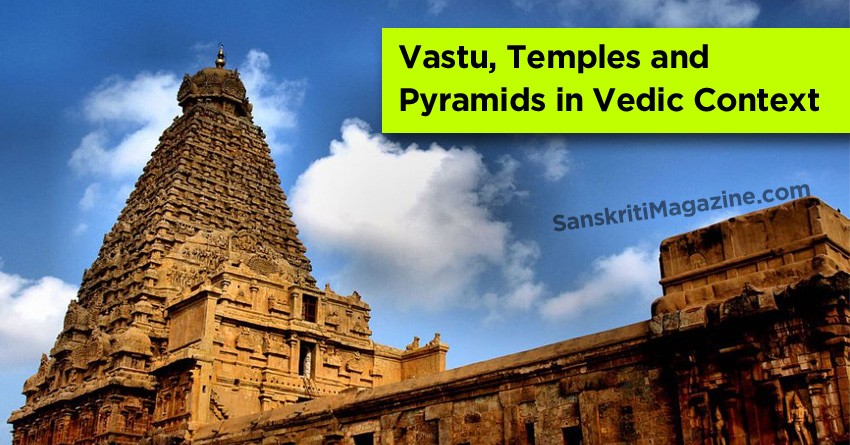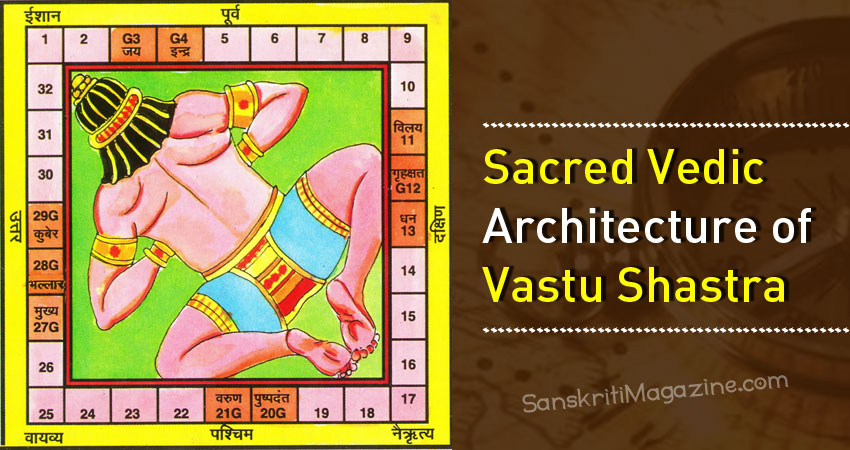Vastu Shastra (or short just Vastu) is the Indian science of space and architecture and how we may create spaces and environment that supports physical & spiritual health and prosperity.
Vastu Shastra evolved during Vedic times in India. The concept of Vastu Shastra was transferred to Tibet, South East Asia and finally to China and Japan where it provided the base for the development of what is now known as Feng Shui.
Vastu Shastra is the art and science of designing houses, offices, temples etc that swirl with good energy. Indian Maharajas and Moghul Emperors used Vastu Shastra when they built their symmetrical palaces, artificial lakes, and geometric courtyards that thirstily absorbed positive energy.
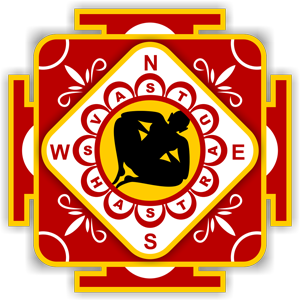 Like feng shui, Vastu Shastra is based on an octagon with the four directions being the anchors. Hindus believe that gods live in each of the quarters of the house, and govern the rooms, possessions, and activities in these locations.
Like feng shui, Vastu Shastra is based on an octagon with the four directions being the anchors. Hindus believe that gods live in each of the quarters of the house, and govern the rooms, possessions, and activities in these locations.
Vasthu is an inherent energy concept of science. We cannot see energy with our naked eyes but we can realize and see its application in different forms and fashions. Vastu Shastra uses the forces of natural energies and aims to restore the balance between the home (the microcosm) and the cosmos (the macrocosm).
Vastu Shastra is not only a science, but is a bridge between man and nature, thus teaching us the Art of Living. Just like every subject of human aspect is governed with rules, regulations and acts, similarly the nature has also got certain key factor principles for smooth governing of its residents, in which Vastu Shastra stands for the law of natural energies.
Vastu, which literally means to live, works on the premise that the earth is a living organism, out of which other living organisms emerge. This life energy is known as Vaastu Purusha. The Vastu Shastra works for a bounded premise i.e., a house, building, industrial area or shop. The main aim is to form a balance between the outside atmosphere and the atmosphere within the premise. Vastu Shastra makes use of five elements – prithvi (earth), agni (fire), tej (light), vayu (wind) and akash (ether), the earth’s magnetic fields i.e. the north and the south pole and the sun’s rays.
History of Vastu Shastra
Vastu Shastra dates back to the times when the sages lived – probably 6,000 and 3,000 BC. The mention of Vastu Shastra can be found in ancient scriptures like the Rigveda, Atharvaveda, Ramayana, Mahabharata, Mayamatam, Manasa saar, etc. Ancient Indian architecture depended on this science for the building of almost all the palaces and temples. Although the exact origins of Feng Shui are debatable, it is thought to have originated about five thousand years ago. Scholars have recorded various aspects of Feng Shui as early as the Song Dynasty (960 BC). However, the basic principles of Feng Shui were first written down during the Han dynasty (25 AD).
How Vastu Shastra works
Vastu Shastra works on three principles of design that cover the entire premise. The first one is Bhogadyam, which says that the designed premise must be useful and lend itself to easy application. The second is Sukha Darsham, in which the designed premise must be aesthetically pleasing. The proportions of the spaces and the material used, in the interiors and exteriors of the building – ornamentation, colour, sizes of the windows, doors and the rooms and the rhythms of projection and depressions – should be beautiful. The third principle is Ramya, where the designed premise should evoke a feeling of well being in the user.
Also, Vastu Shastra is a complicated form of science put together by seventeen sages. There are certain rules that should be followed while building a house or a building. For instance, the building’s underground water tank or well should be situated in the northeast direction. But, if the building has an overhead tank then it should be placed in the southwest direction. Also, more space should be left to the north and the east of the building compound and less on the south and the west. Open space should be kept around the building and if the plot has a road on the east-north directions, it is better for the inhabitants.
Some short principles of Vastu Shastra
-
Indra, the god of gods, is positioned to the East. The East is where it all begins in Vastu Shastra. When people build their homes, the main door or the entrance is always facing the East. The eastern direction is the harbinger of good luck, which comes into the house through the door.
-
Kubera, the god of wealth, resides in the north. In this location some symbolic valuables should be placed to attract wealth.
-
The Northeast is the position for Dharma, the god of righteousness. In Vastu Shastra, this is the place for worship, meditation and introspection.
-
Agni, the god of fire, lives in the southeast corner. This should be the place of the kitchen.
-
Yama, the god of death, resides in the South. He prevents the evil eye from taking control of our lives. In India, people put a ghoulish pumpkin mask, similar to Halloween masks, in Yama’s position to ward off the evil eye.
-
Niruthi, who prevents homes from being robbed, dwells in the southwest corner.

